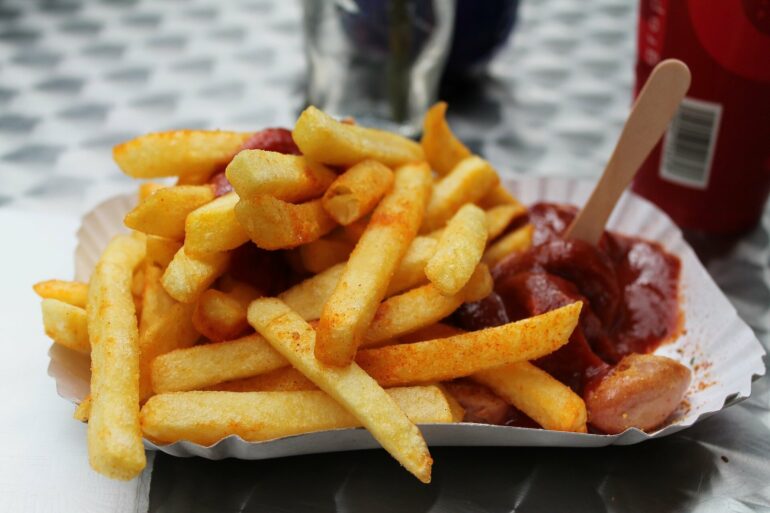Research at the University of Sydney has revealed that we don’t judge food simply on its merits but are influenced by what we have seen beforehand, a cascading phenomenon known as “serial dependence.”
The research, published in Current Biology, was conducted by Professors David Alais and Thomas Carlson in the School of Psychology at the University of Sydney working in collaboration with Professor David Burr at the University of Florence.
Their study shows when people rate food images for appeal and calorie content, the evaluation is not made in isolation. Instead, it is subtly biased towards the judgment that preceded it.
Serial dependence arises when people make a series of sequential choices. In the context of food, if a person rates a food as very appealing, they are likely to rate the next food image more favorably, regardless of its calorie content or appeal.
It works the other way, too. A preceding unappealing food makes a current food less appealing.
The findings could assist psychologists to develop treatments for people with eating disorders to eat more or less food, and may help marketers in the presentation of food menus.
Lead author Professor Alais said, “The experimental conditions for serial dependence are not very different from our everyday experiences with food images, such as when we scan a food delivery menu or browse a menu on our phone. Serial dependence, therefore, might be affecting millions of food choices every day.”
The researchers conducted experiments with more than 600 participants who rated various food images for both calorie content and appeal. The results revealed a clear pattern of serial dependence: participants’ ratings tended to follow their previous rating.
For instance, a high rating for one food item led to a higher rating for the subsequent item, creating a chain reaction of evaluations that are interconnected rather than independent.
While the study found that men tended to rate high calorie food slightly higher than women, the overall serial dependence effect was not sex dependent and was similar for all.
“This study highlights the cognitive biases that come into play when we evaluate food,” Professor Alais said. “Our brains are wired to assimilate information from previous stimuli, just as we might be drawn to a particular dish after seeing a similar one rated highly.”
Co-author Professor Carlson said, “Our previous work has shown that the visual brain encodes the perceived caloric content of foods in just milliseconds. It will be fascinating to see the interplay between these cognitive biases and visual processing in future work.”
Beyond the immediate interest to visual neuroscientists exploring how our brain processes images, this research has potential useful applications.
For food marketers and restaurateurs, understanding serial dependence could inform strategies to enhance the appeal of their menu offerings. By placing high-appeal items or calorie-rich foods in a sequence, they could influence consumer perceptions and potentially drive sales.
This research also has the potential to play a role in clinical settings, particularly in addressing obesity, compulsive eating, bulimia and related eating disorders.
By recognizing how previous food ratings can affect subsequent choices, cognitive behavioral therapies could be tailored to leverage these findings, helping people reshape their perceptions and decision-making processes around food.
This approach could promote healthier eating habits and support effective interventions for those struggling with eating disorders.
Professor Alais and his team have previously found similar visual trends for people perusing dating apps, or assessing the beauty of art work.
More information:
Positive serial dependence in ratings of food images for appeal and calories, Current Biology (2024). DOI: 10.1016/j.cub.2024.09.012. www.cell.com/current-biology/f … 0960-9822(24)01223-5
Provided by
University of Sydney
Citation:
Eyes on the fries: How vision creates a food trend (2024, October 2)



